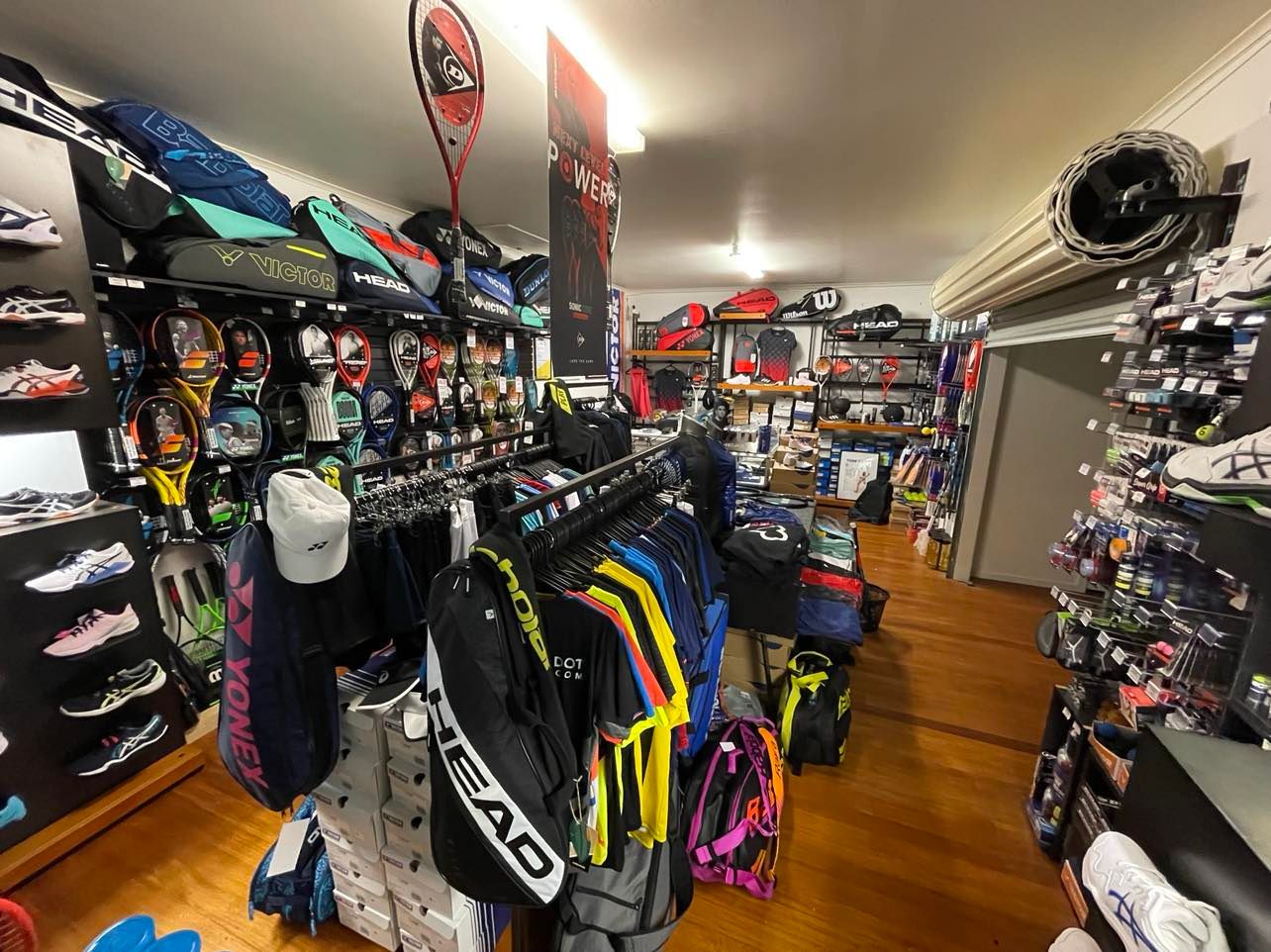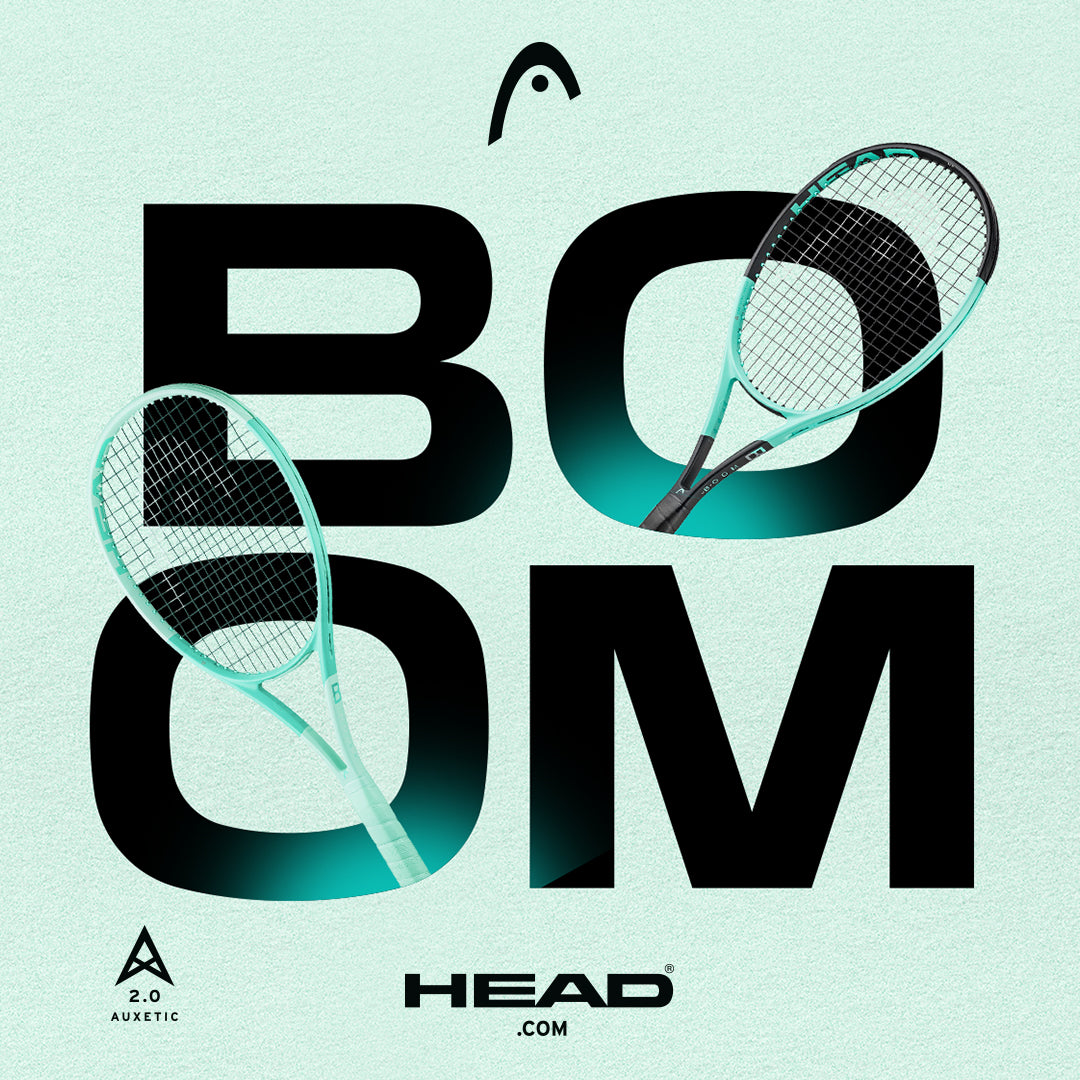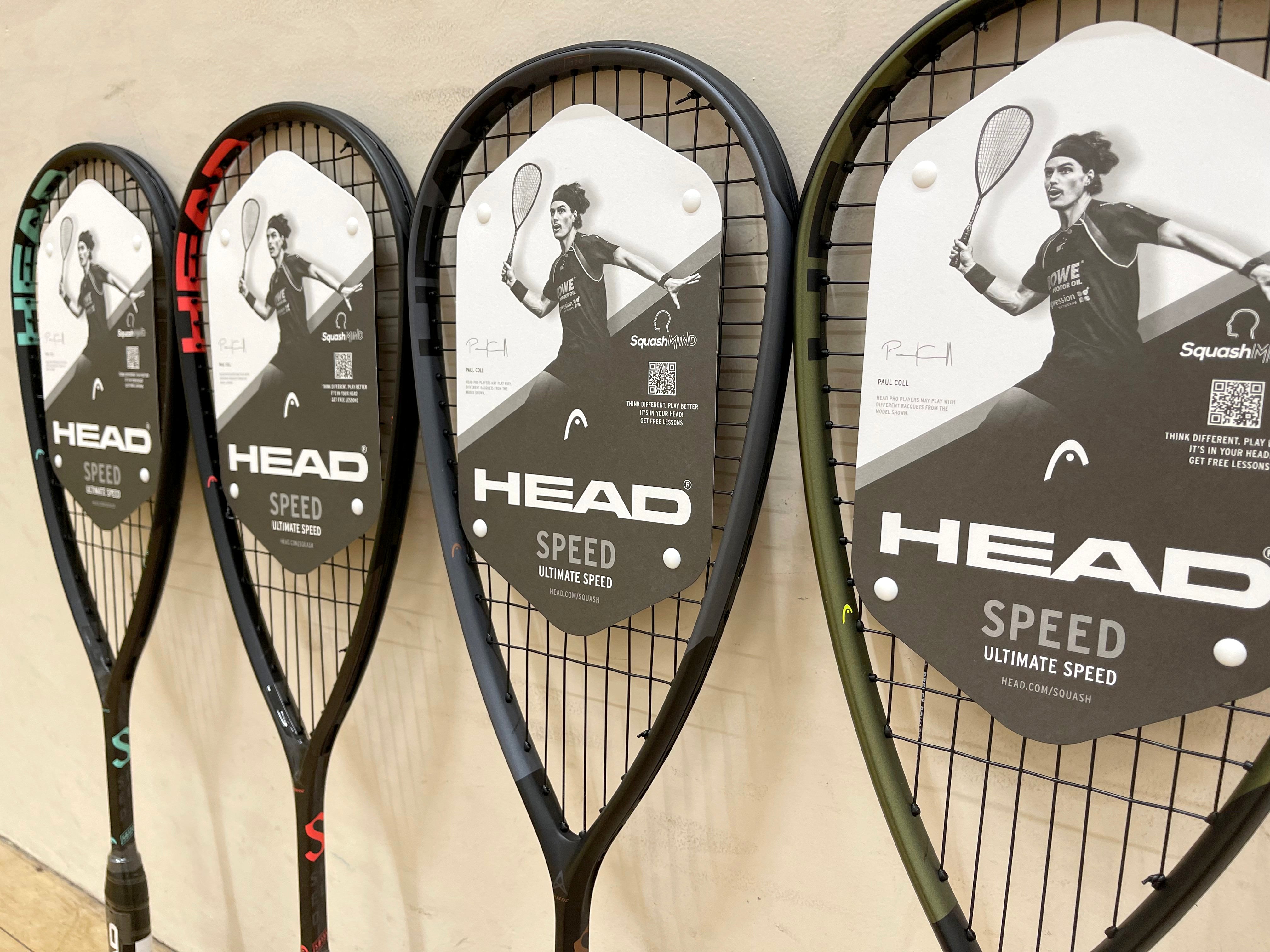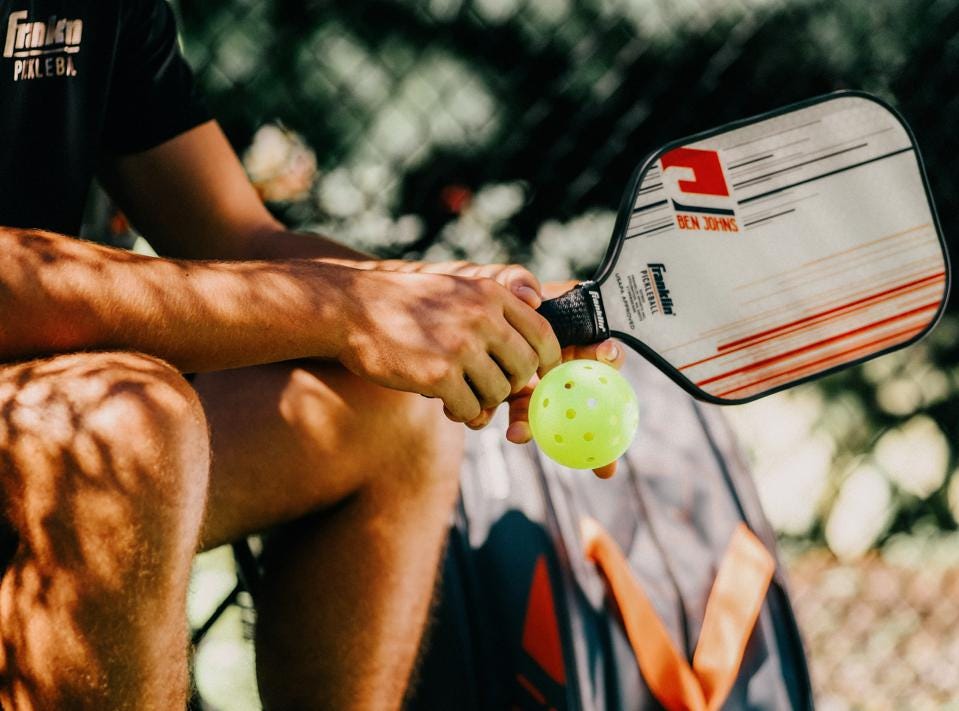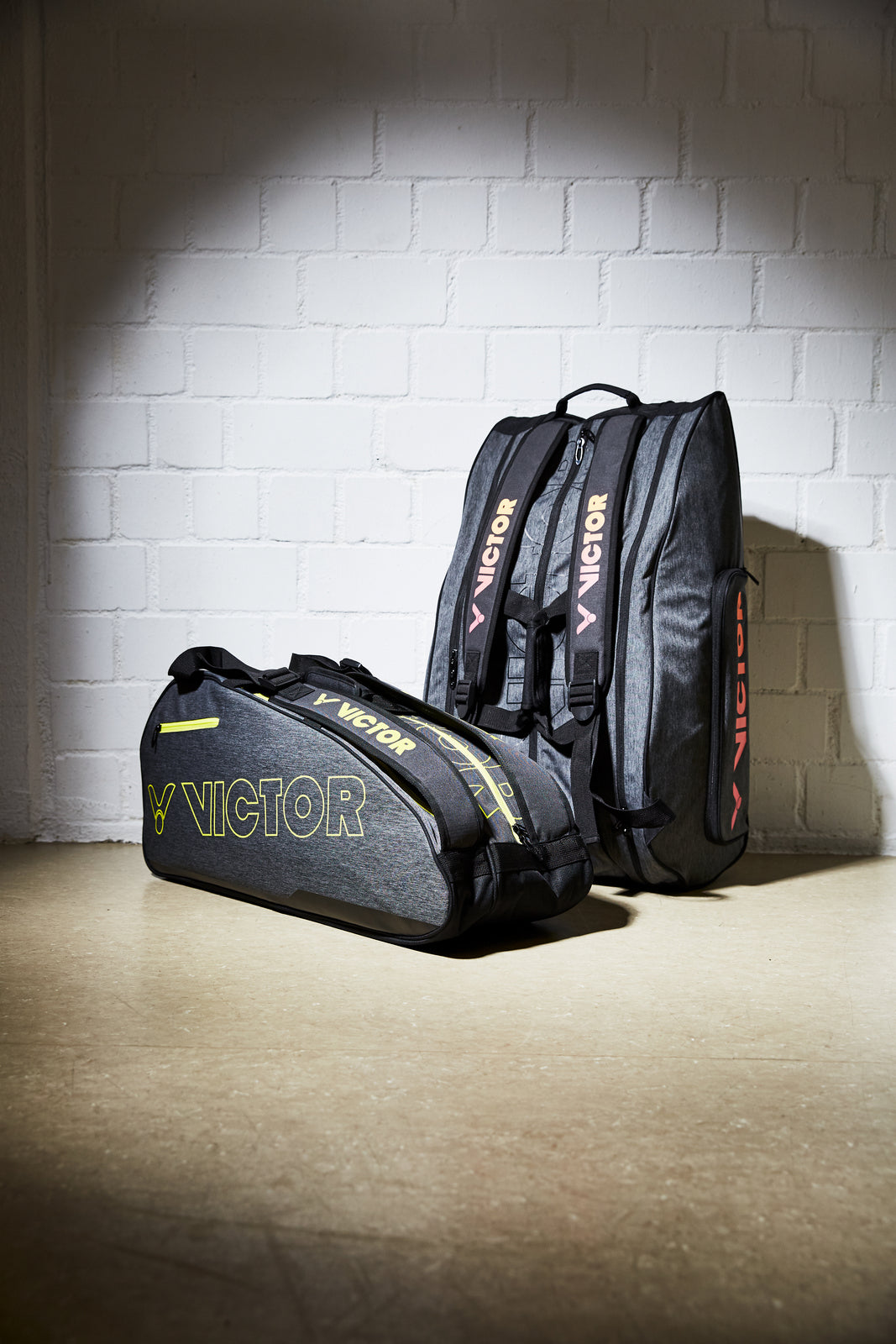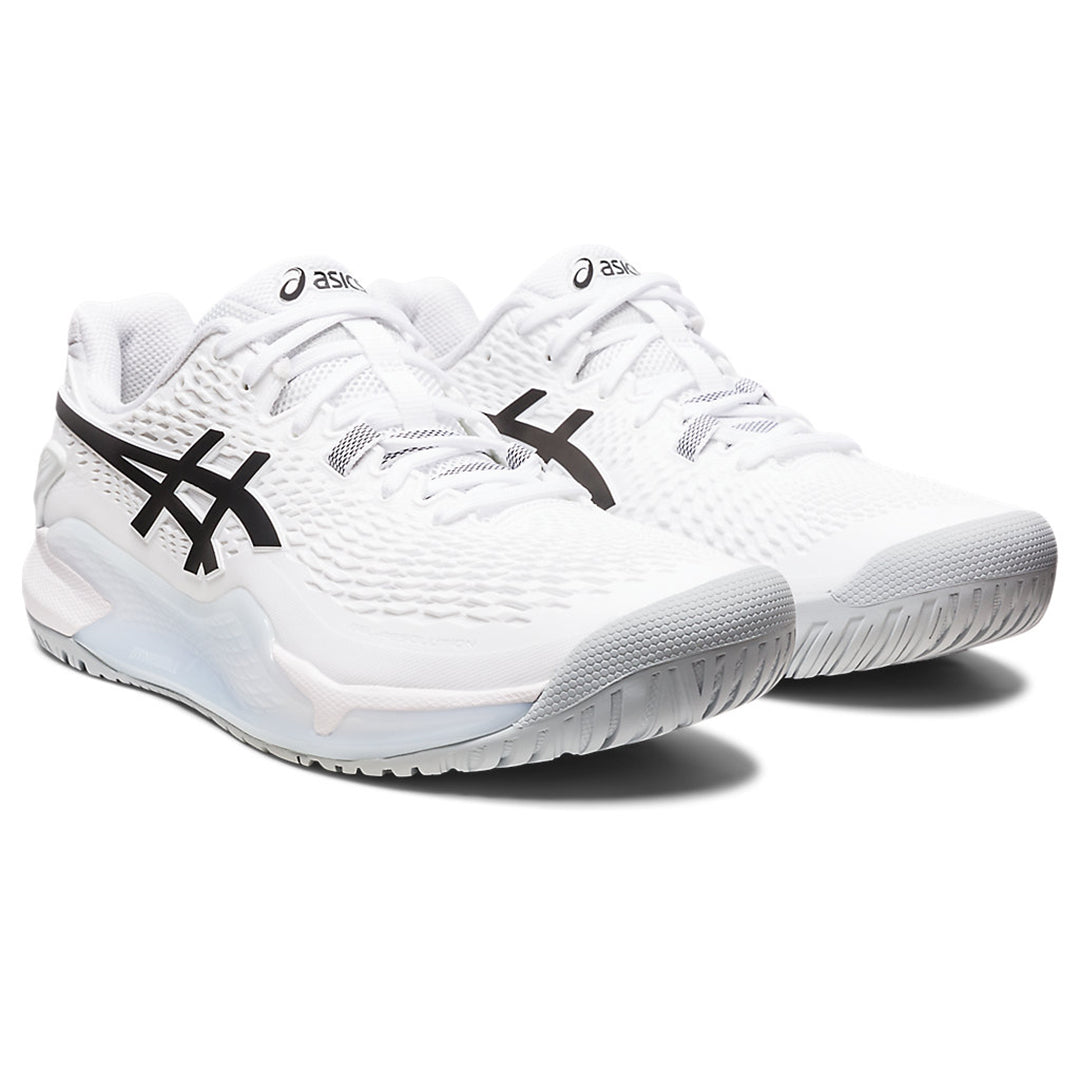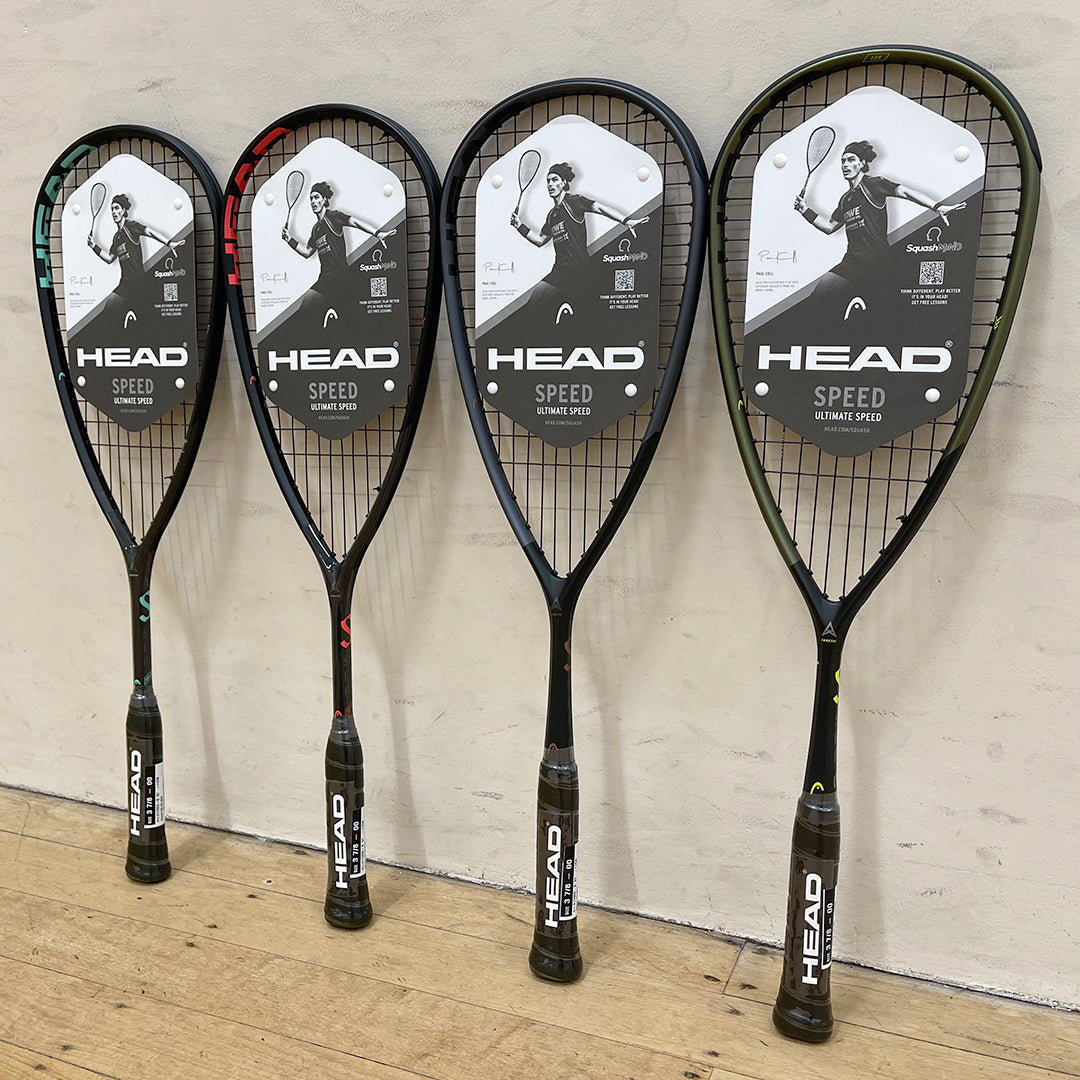Blue dot, single yellow, or double yellow? How do you chose the right squash ball for your level? Unlike squash, most sports have one sort of ball which everyone can use whether they’re complete beginners or professionals. This can make it confusing for new squash players because of all the different types of squash balls there are and their limited knowledge about them. The main and most noticeable difference between them is the type of rubber used causing a change in bounciness.
The Importance of the Right Ball
For a player to have a good game it is important that they choose the right ball for their level and style of hitting. If you choose a ball too bouncy, it will bounce too far off the walls and floor meaning the player may need to adapt and change their technique to match the high bouncing ball therefore increasing the amount of errors made. A ball that doesn’t bounce enough feels “dead” and doesn’t allow rallies to continue. It will drop to the ground and won’t bounce back up enough causing early endings to rallies. The perfect ball will bounce back up to a perfect height, extending the rallies and still allow you to play those winners in the drop shot nick.
Differences between the different balls
There are 3 main types of squash balls: Blue Dot, Single Dot and Double dot. Some squash balls require the players to hit it harder more consistently for it to reach the same bounciness level as a ball used for a beginner. The Difference between them is the type of rubber used and the size of it, affecting the speed of the ball and its bounce height.
Blue Dot:
The blue dot ball has one single blue dot on it and is the bounciest of the 3. The blue dot is 45mm in diameter and is 12% larger than the Dunlop Double Dot Squash Ball. It is made of a soft rubber meaning it doesn’t take a lot of power to warm up the ball. These features of the ball make the ball super bouncy, fast and ideal for beginner players as it doesn’t require the swing to provide as much power for it to bounce up to the ideal height. The bouncier ball gives the player more time and space to get to the ball and play their shot.
Double Dot:
The least bouncy of them all is the double yellow ball or the Pro. It has 2 yellow dots and is the smallest of the 3 balls. It is made of a durable rubber compound with a diameter of 40mm. The double dot ball is slow and doesn’t bounce up very high unless the players have warmed it up a lot. This is recommended for advanced players who have good technique and can add a lot of power to their shots consistently. The ball is intentionally designed to be hard to warm up so that high performance players can have fast rallies and play forceful shots without the ball becoming overly bouncy. In New Zealand, people graded B2 or above should use this ball in graded squash matches.
Single Dot:
The single dot ball has a yellow dot on it and is the second bounciest. This ball is between 39.5mm and 40.5mm, and the weight between 23 and 25 grams. This ball is in-between the blue dot and the double dot in it’s bounce height, material, size, etc. This is ideal for intermediate players who know game and are graded at C1 or below.
Conclusion
Although you may now know which ball is meant for you, you may have a different preference when it comes to solo training or doing drills. High performance players often use a blue/intro ball to train drop shots. This is because when you play drop shots you aren’t applying much power causing the ball to be cold. To best replicate what a warm bouncy ball would feel like during a match, a blue dot is good to practice with as it doesn’t need to be warm to remain bouncy. The bounciness of the ball can also depend on the state of the room. If the temperature is really low, the ball will be colder as well leading to a less bouncy ball. During winter time, people who use double dot balls sometimes change the ball they use to a single dot to allow their matches/trainings to be at a higher quality rather than the the ball being cold and only playing short rallies.
You can also find white squash balls which are used on full glass courts by professional players on tour. This is equivalent to the double yellow/competition ball but the only difference is the colour. When used by professionals the ball gets extremely warm due to the firm and fast shots by the players. This makes the ball super bouncy.
The 3 types of squash balls are available at VOLT Sports. You can purchase them individually or in boxes of 12 and there are 2 brands to choose from: VICTOR or Dunlop. If you have any questions about what type of squash ball would be right for you, please visit VOLT Sports or send us a message, we are happy to help!
